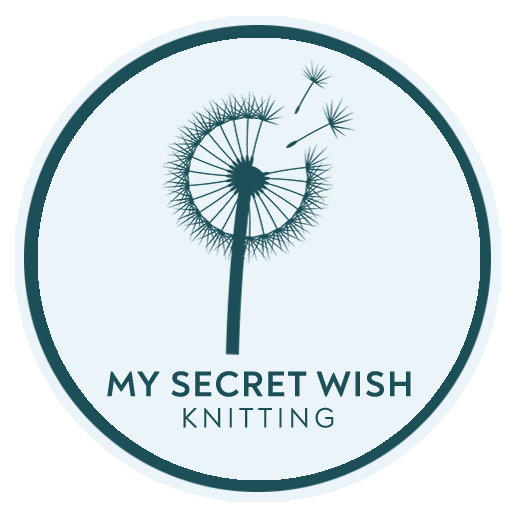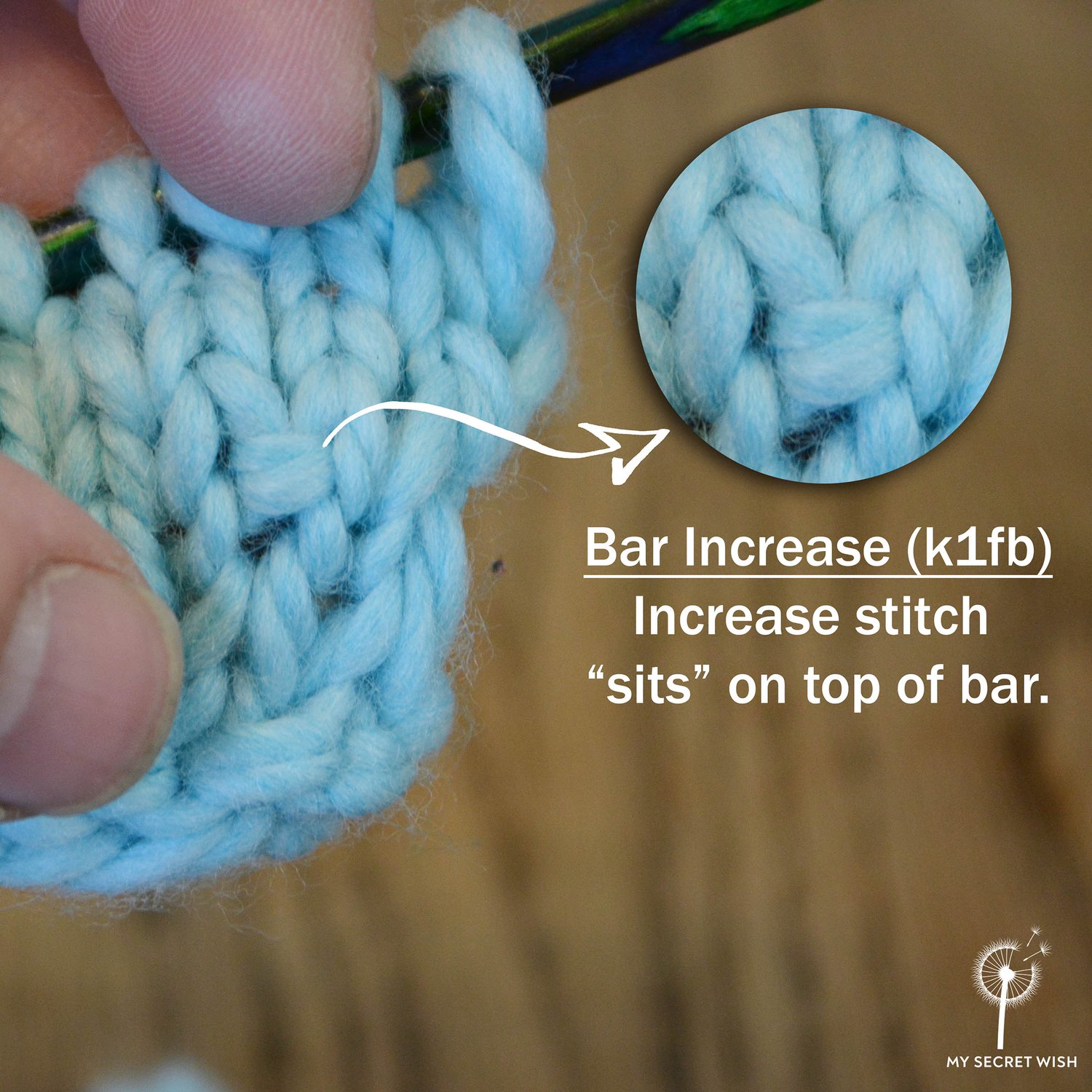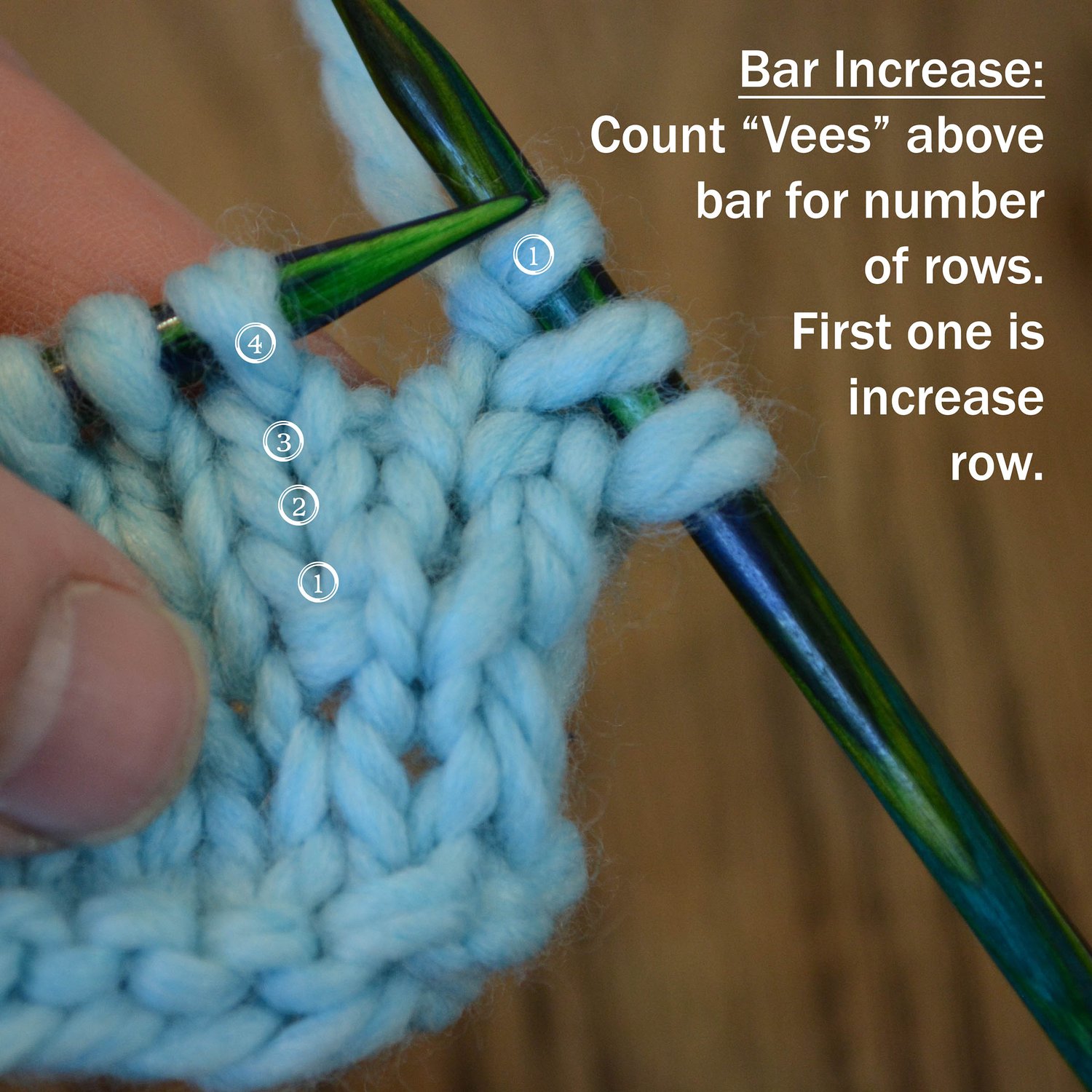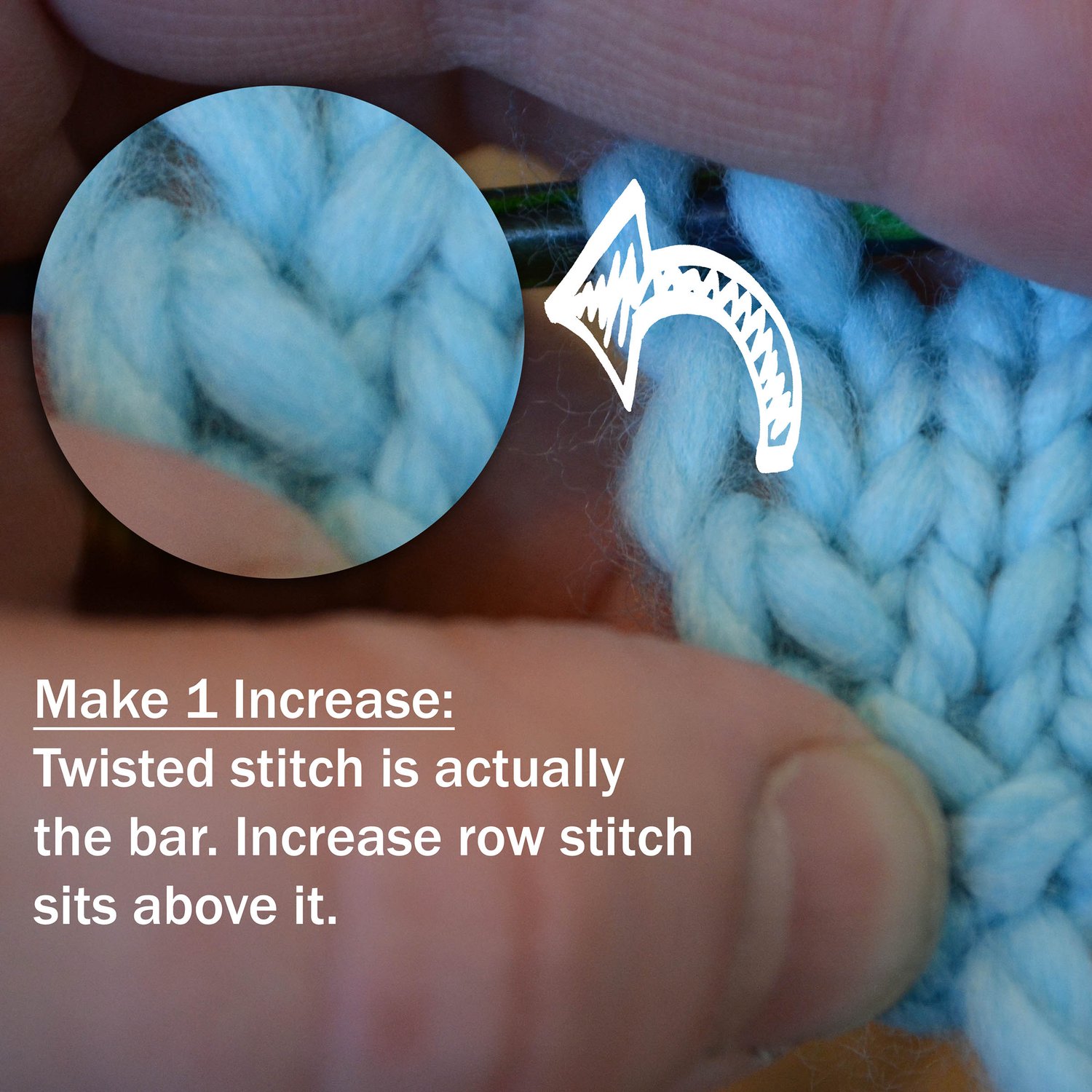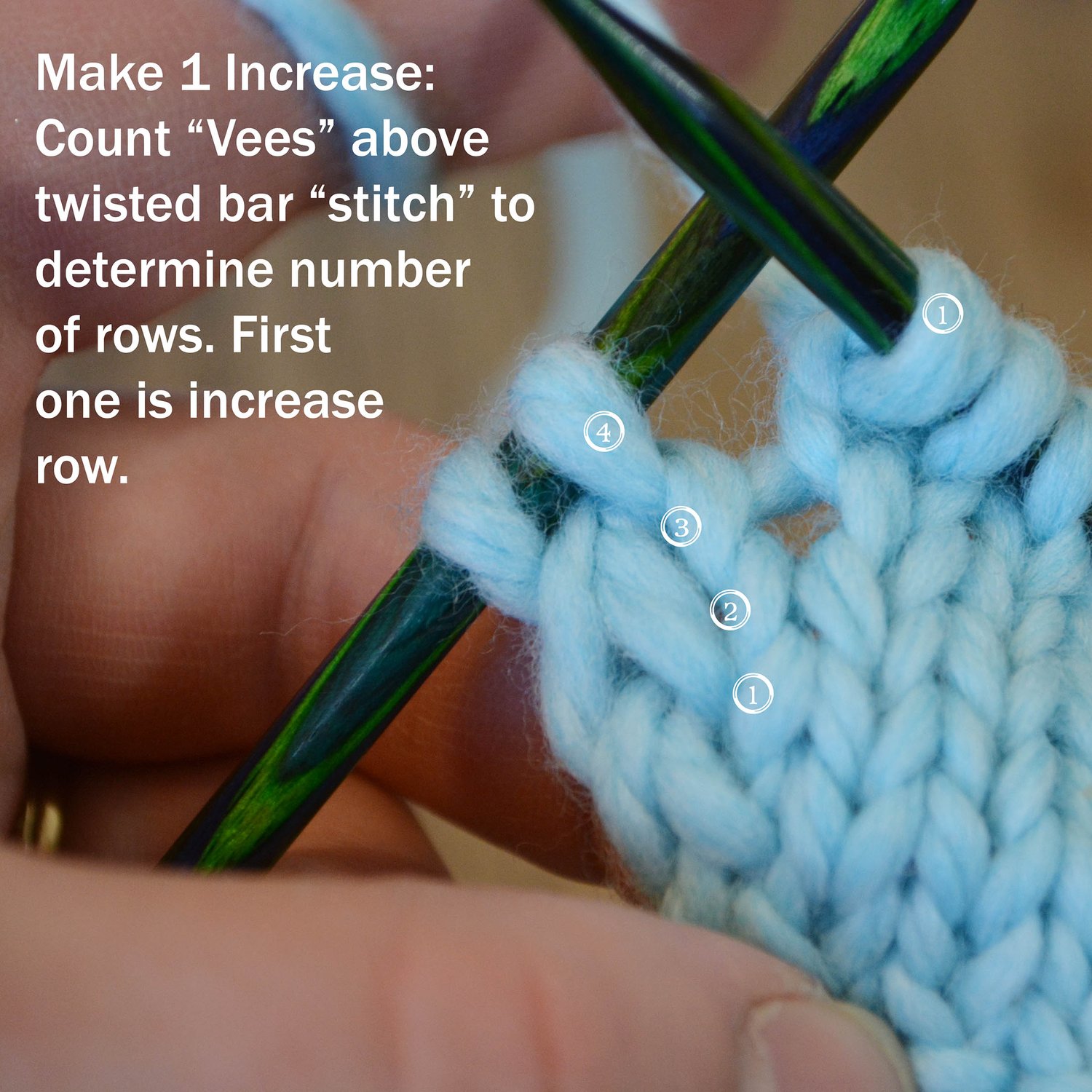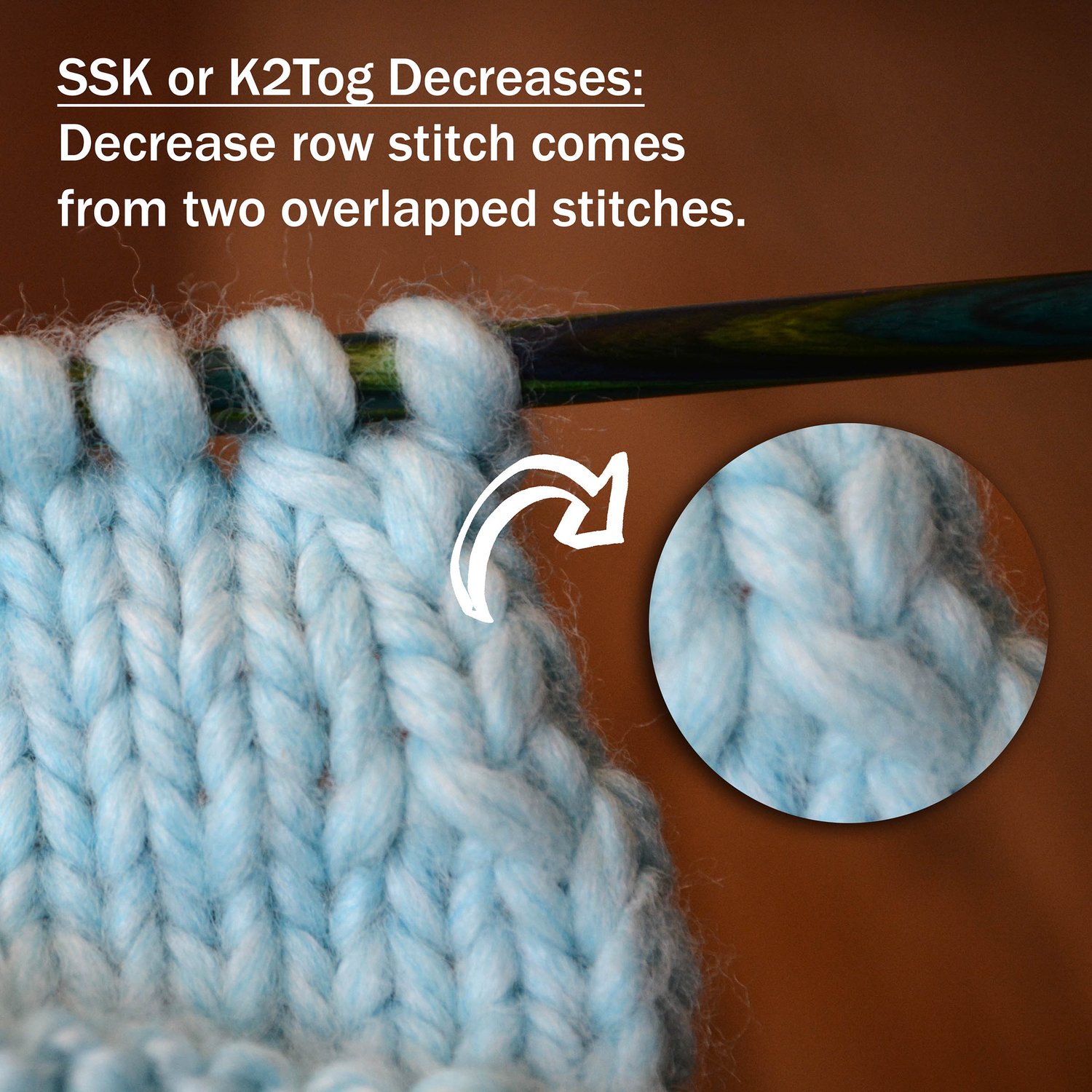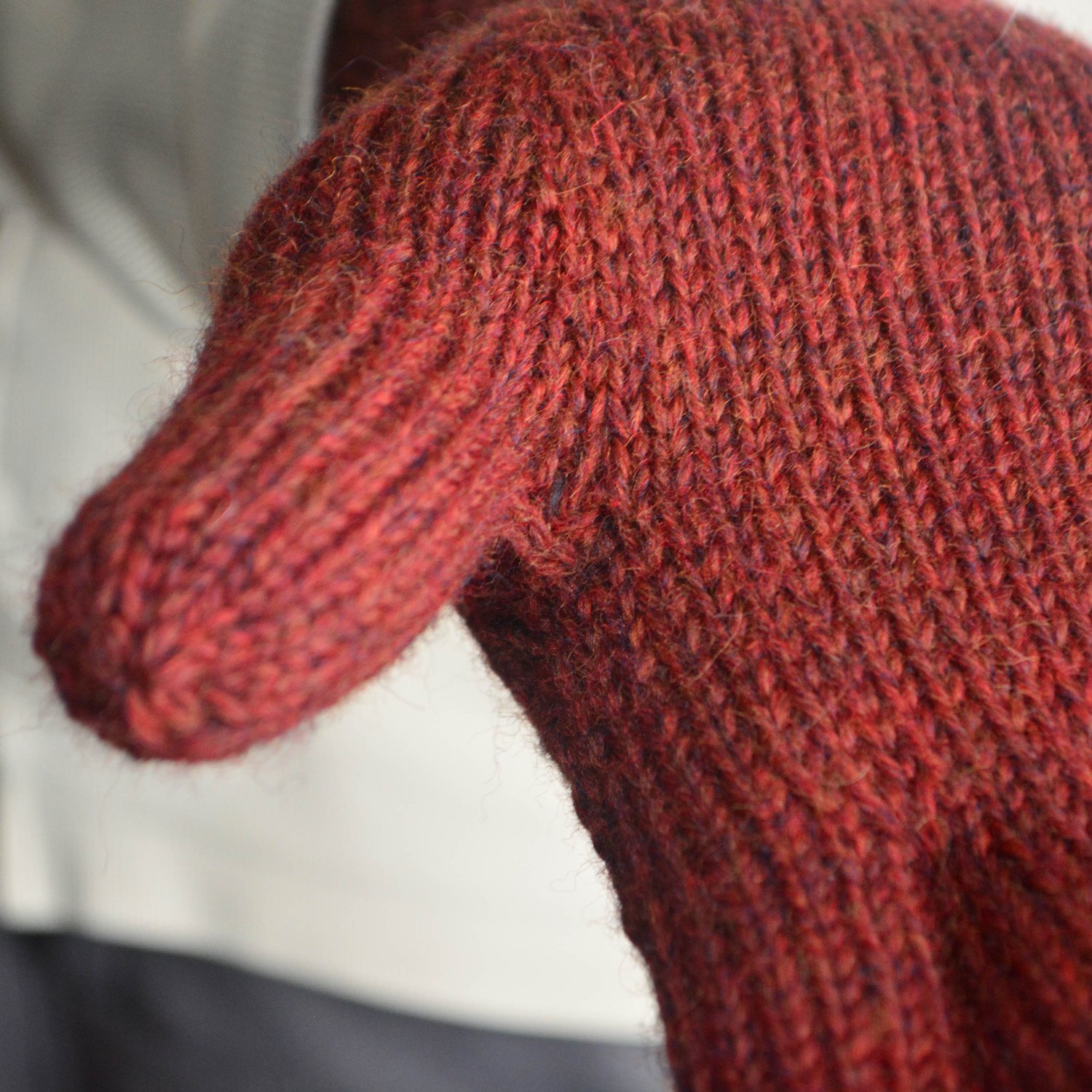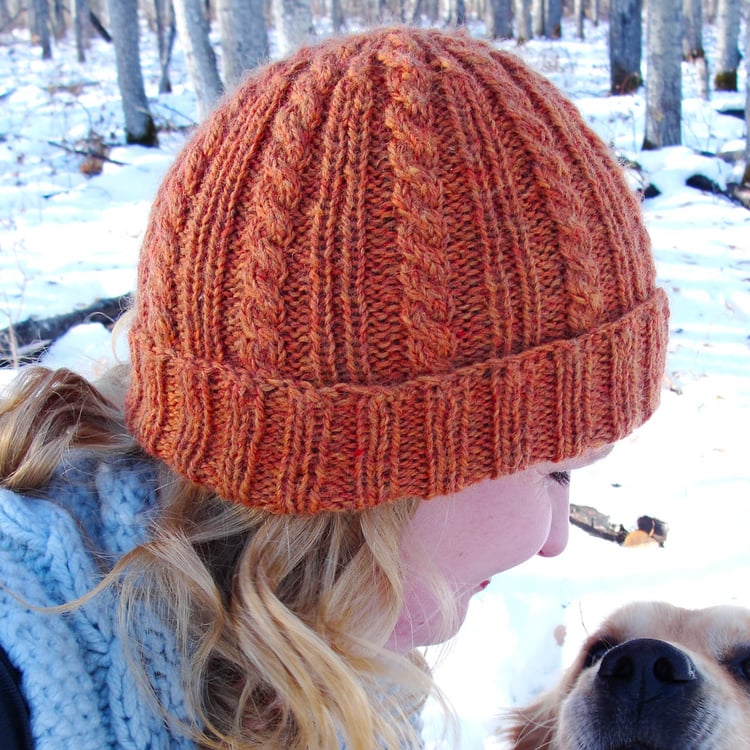Reading Your Knitting 3: Recognize Increases and Decreases
Identify where your last increase or decrease occurred to keep pattern repeats on track.
Row counters are the worst, aren’t they?
Who wants to interrupt their work at the end of a row to turn a counter? Never mind that you’re likely already splitting your attention between your knitting and an episode of Buffy the Vampire Slayer—and who’s going to remember to flip a counter when you get to the end of the round if you’re holding your breath to see if Buffy and the gang beat the latest Big Bad?
The unfortunate side effect of this is that you can get to the repeat round of your pattern, look at your work, and wonder if you’ve really knit three rounds or four rounds since your last increase.
If this sounds familiar, never fear! Once you know how to read your knitting, you don't need a row counter.
Keep reading (or watch the video tutorial) to acquire this superpower for yourself.
